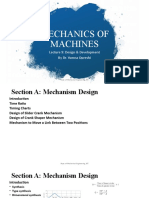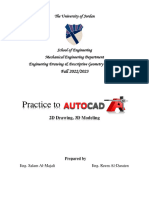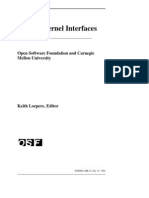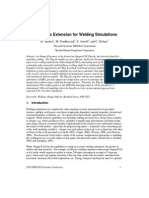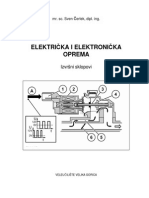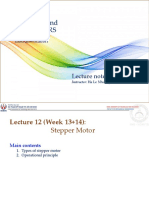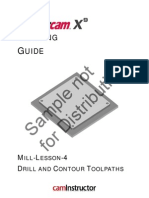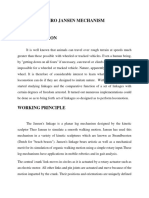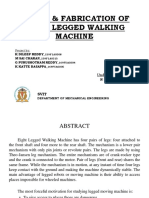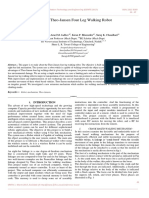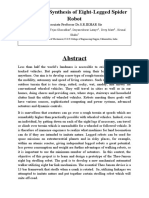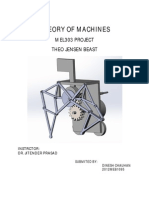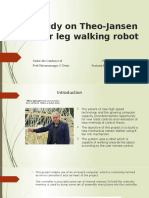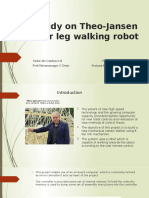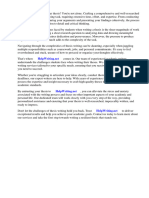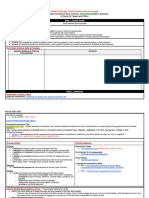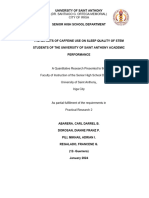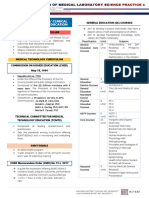0% found this document useful (0 votes)
132 views14 pagesJansen'S Linkage: by Pavan Srinivas
The Jansen linkage is an 11-bar mechanism designed by Theo Jansen to simulate a walking motion like crabs. It consists of 11 links connected in a tandem chain driven by a crank that mimics the motion of a leg. The scalable and efficient design shows promise for applications in legged robotics. The document then discusses building a model of the Jansen linkage out of everyday materials like ice cream sticks and testing its motion with four legs and potential applications like cargo vehicles and search robots. It analyzes the kinematic and dynamic models of the linkage and concludes that the design could be improved by allowing adjustable lengths and reversible motion paths.
Uploaded by
NELLORE PAVAN SRINIVAS SINGH NIT APCopyright
© © All Rights Reserved
We take content rights seriously. If you suspect this is your content, claim it here.
Available Formats
Download as PDF, TXT or read online on Scribd
0% found this document useful (0 votes)
132 views14 pagesJansen'S Linkage: by Pavan Srinivas
The Jansen linkage is an 11-bar mechanism designed by Theo Jansen to simulate a walking motion like crabs. It consists of 11 links connected in a tandem chain driven by a crank that mimics the motion of a leg. The scalable and efficient design shows promise for applications in legged robotics. The document then discusses building a model of the Jansen linkage out of everyday materials like ice cream sticks and testing its motion with four legs and potential applications like cargo vehicles and search robots. It analyzes the kinematic and dynamic models of the linkage and concludes that the design could be improved by allowing adjustable lengths and reversible motion paths.
Uploaded by
NELLORE PAVAN SRINIVAS SINGH NIT APCopyright
© © All Rights Reserved
We take content rights seriously. If you suspect this is your content, claim it here.
Available Formats
Download as PDF, TXT or read online on Scribd
/ 14
